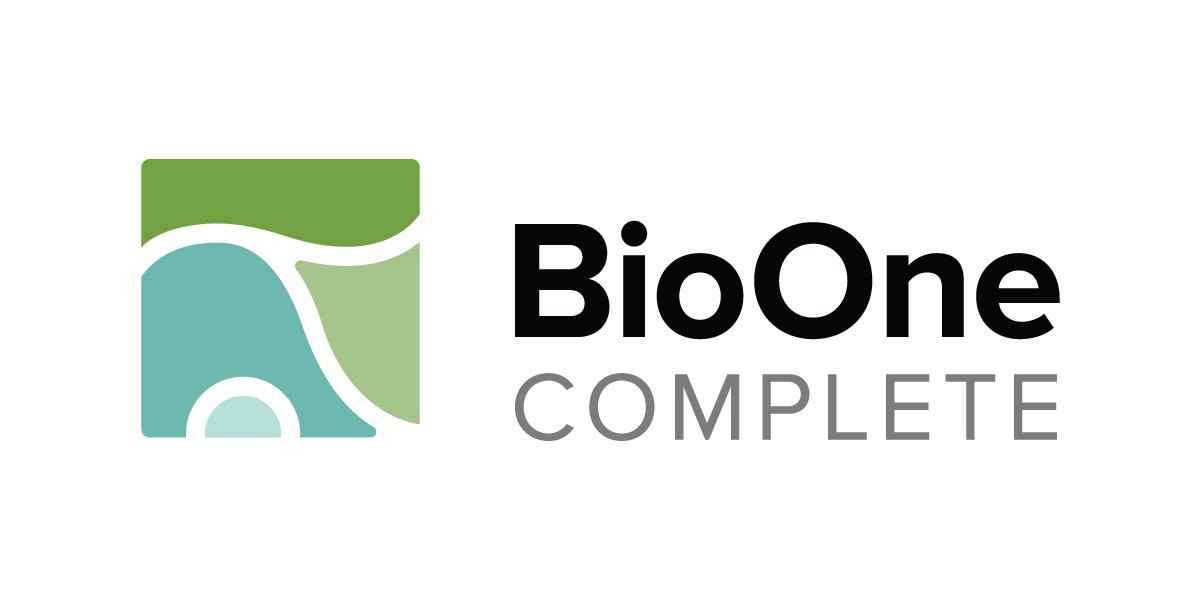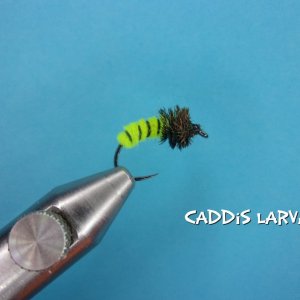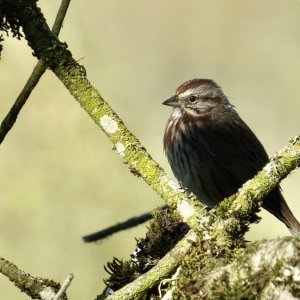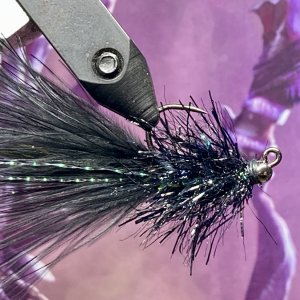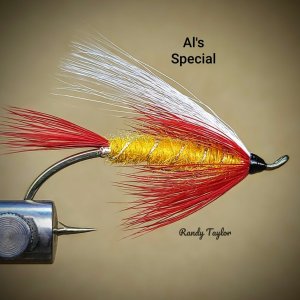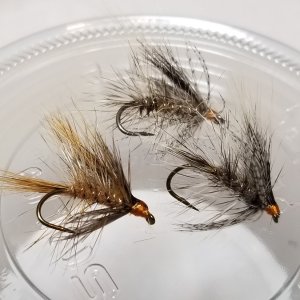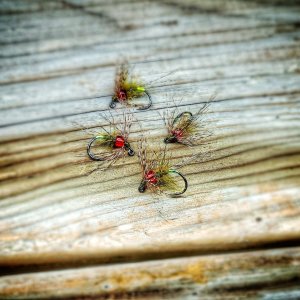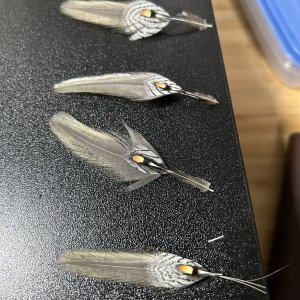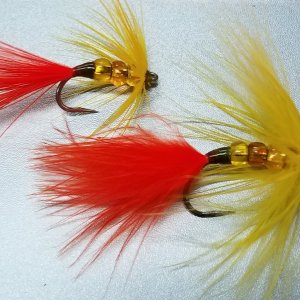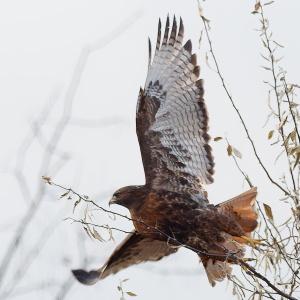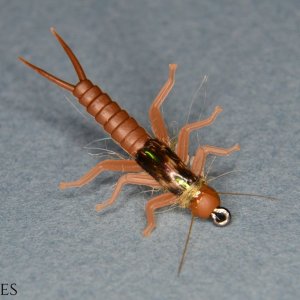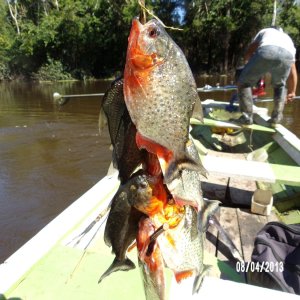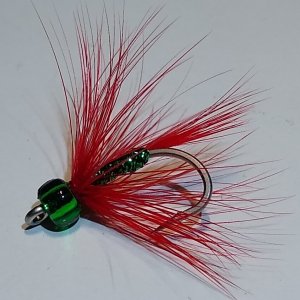Rob Allen
Life of the Party
I don't know how you could get that from what I said.The point is you are holding conservation to an impossible standard. Your requirement for instant gratification will never be satisfied by anything sustainable, even when they start studying saltwater salmon habitat and sea-run cutthroat (they already do). It seems that your opinion is conservation as a whole, is not worthwhile.
Here is what I am saying in a nutshell.
1. Most people don't care about salmon recovery, yet we are spending billions on it. Spending billions and getting no results is a bad investment. As I said before manybof these projects were done in the 90s 30 years is enough time to show results, for steelhead that's 10 generations.
This is not about instant gratification. We've seen no proven results and there is no reason to think there will be results in the future.
2. We know the real problem is the ocean and what goes on there therefore that is where our efforts and dollars should go.
3. We are running amok with freshwater habitat restoration in the same exact way we went after hatchery programs to replace lost habitat.. All assumptions and no real knowledge or science. We just assume it's good and that it will work..
I used to steelhead fish with a guy. He'd insist on fishing a run two or three times.
He'd always say " I know there is a fish in that run," just because it looked good. No evidence that there was a fish there just his good feelings. By the end of the say we'd have to skip 3 or 4 runs that were just as good. Love the guy, but we missed lots of opportunities based on his feelings. I fear that's what we are doing now with freshwater habitat.
We have to tackle the ocean issues or all our hard freshwater work is pointless runs are still declining.
My goal fishable population derived from natural production from native stocks.
I am not the enemy, I am just asking us to look honestly at the situation and asking hard questions.
Explain to someone who doesn't care about salmon why they should continue to be forced to pay for salmon habitat restoration when restoration efforts are not restoring fish populations, infact they are continually declining?

